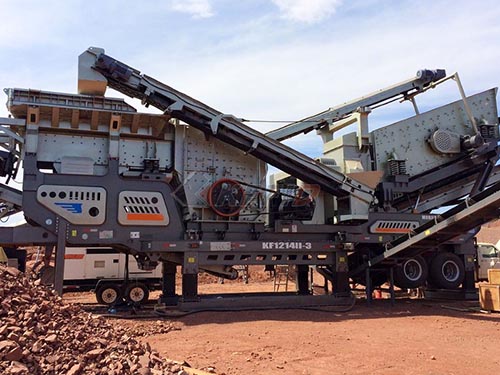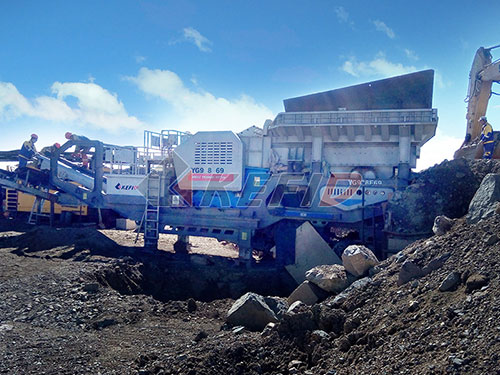Understanding the Cost Dynamics of Crushing Plants: A Comprehensive Breakdown
Investing in a crushing plant is a significant capital expenditure for any mining, quarrying, or construction operation. Unlike simple commodity purchases, the price of a crushing plant is not a single figure but a complex equation influenced by numerous interdependent factors. Understanding these variables is crucial for accurate budgeting and making informed investment decisions that maximize long-term value.
Factors Driving Crushing Plant Costs:
1. Plant Capacity & Output Requirements: This is fundamental. A plant designed to process 50 tons per hour (tph) will inherently cost less than one engineered for 500 tph or 1000 tph. Higher capacity demands larger crushers, feeders, conveyors, screens, and structural supports.
2. Material Characteristics: What are you crushing?
Hardness/Abrasiveness: Harder rocks like granite or basalt require more robust (and expensive) crushers (e.g., jaw crushers for primary reduction) built with wear-resistant materials compared to softer limestone or sandstone.
Size & Gradation: Large feed size necessitates powerful primary crushers.
Moisture & Clay Content: Sticky materials may require specialized feeders or pre-screening/scalping solutions to prevent blockages.
3. Desired Final Product Specifications:
Size & Shape: Producing consistently sized cubical aggregates requires more sophisticated crushing stages (potentially including cone crushers and vertical shaft impactors/VSI) and precise screening compared to producing simple rip-rap or fill material.
Gradation Requirements: Meeting strict specifications often involves multi-stage crushing and screening circuits.

4. Type of Crushing Plant Configuration:
Stationary Plants: Offer high capacity and efficiency but require significant site preparation (foundations) and have higher initial costs.
Mobile Crushers (Tracked/Wheeled): Provide flexibility and reduce relocation costs but generally have lower capacities per unit and higher per-ton operating costs compared to large stationary plants at a fixed site over time.
Portable Plants: Often trailer-mounted; a middle ground offering easier setup than stationary but less mobility than tracked units.

5. Equipment Selection & Technology:
Crusher Types & Brands: Primary jaw vs gyratory; secondary cone vs impactor; tertiary VSI – each has different costs and performance characteristics leading to varying price points between manufacturers

Leave a Reply